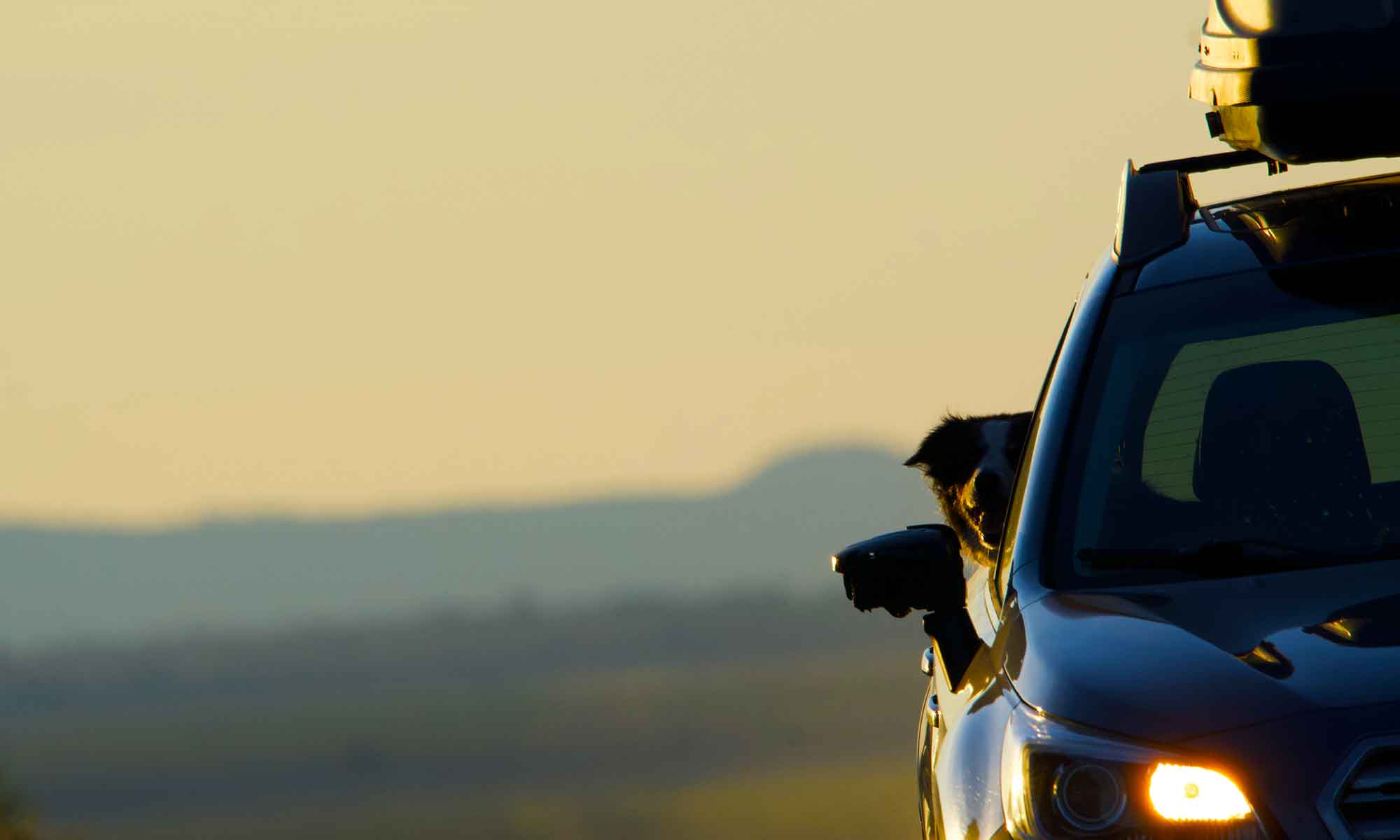

Is it really a picnic lunch if there’s no ‘cake’? While growing up, my family’s fishing trips featured Camping Cake, a date rich cake, topped with walnuts and chocolate chips, transported in an aluminum nine by thirteen pan.
We’ll focus today’s post on the best part of any picnic, because … Every Picnic Needs to have Snacks (part of our ongoing Rules to Live By).
Lately, we’ve been working through cookie recipes for our picnic boxes … well, evening snacks too. Classic cookie recipe searches will bring up a surprisingly long and not so surprising unvaried list. But that is just the type of cookie that can survive a road trip in a tin box.
In the midst of this quest, JQ discovered an excellent book by Joanne Chang Flour: A Baker’s Collection of Spectacular Recipes. Chang’s book approaches everyday recipes with additions that make for extraordinary desserts.
For instance, the oatmeal cookie recipe in this book has a subtle hint of nutmeg, which really makes this basic staple addictive. What is not just classic but iconic? Rice Crispy Treats, right?

Chang’s **Brown Butter Crispy Rice Treats** is a nice take on how you’d imagine the original tastes, but without getting too many pans dirty. We’ve shared the map to crispy goodness below.
Brown Butter Crispy Rice Treats
Ingredients
- 228 grams unsalted butter 2 sticks
- ½ vanilla bean sliced lengthwise
- 280 grams marshmallows 2 x 10oz bags
- 240 grams crispy rice cereal 9 cups
- pinch salt
Instructions
- Butter a 9 x 13 baking pan.
- In a large sauce pan, melt the butter over low heat. As the butter melts, slice the vanilla bean in half lengthwise and scrape the seeds directly into the butter.
- Once the butter has melted, it will start to bubble and crackle. Watch carefully to see it slowly brown. As soon as the bubbling subsides, after about 5 minutes, the butter will be browned. Add the marshmallows and a pinch of salt and stir constantly over low heat until the marshmallows are completely melted and the vanilla seeds are evenly distributed.
- Remove the pan from the heat, add the cereal, and mix well to combine. Turn the mixture into the prepared pan and pat into an even layer. allow to cool for about an hour, or to room temperature, then cut into even pieces.
- Treats can be stored in an airtight container for up to 2 days
























 When we first pull up to the river there is a burst of activity. Cooler and camp chairs are set out and fly rods strung.
When we first pull up to the river there is a burst of activity. Cooler and camp chairs are set out and fly rods strung.

 In America, we have become accustomed to having year-around access to a wide range of produce. These gas chamber ripened crops lack taste but fill grocery shelves. Until you’ve had a tree ripened stone fruit you might not know what a peach or nectarine should taste like.
In America, we have become accustomed to having year-around access to a wide range of produce. These gas chamber ripened crops lack taste but fill grocery shelves. Until you’ve had a tree ripened stone fruit you might not know what a peach or nectarine should taste like.














 At this point in the summer, cool is a relative term. High desert spring mornings often include frost and the need to don a hoody.
At this point in the summer, cool is a relative term. High desert spring mornings often include frost and the need to don a hoody.







 We are ahead of the hottest part of the day as we exit I-84 into Mosier.
We are ahead of the hottest part of the day as we exit I-84 into Mosier.
